Different species have great potential to improve utilization of inputs, capacity
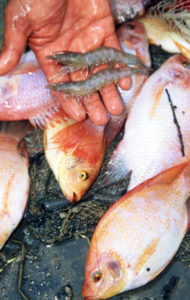
Polyculture is a fairly straightforward concept: the combined production of two or more aquatic species in such a way as to more efficiently utilize ecological resources within the production environment. The goal of any polyculture scheme is to maximize output in terms of yield, profit, or both.
Polyculture usually involves stocking species with different feeding habits and habitat preferences. In theory, the more different the species are, the greater is the potential to improve the utilization of inputs and capacity. In this way, the maximum standing crop in a pond can be increased by using a wider range of available foods and pond depths. Most polyculture, however, goes at least one step further, seeking to capture synergies such as utilizing waste products from one species to directly or indirectly support production of the other(s).
This concept of utilization of wastes from one aquatic species to culture another has recaptured the attention of aquaculturists in recent years, especially in relation to improving water quality within production systems. Another interest in this approach involves improving the quality of the effluents leaving aquaculture facilities to minimize adverse impacts on surrounding watersheds.
The earliest forms of aquaculture probably utilized impoundments adjacent to rivers or lakes to trap and hold whatever combinations of native species were present. Over time, as management and understanding evolved, fish culturists realized that certain species combinations proved to be more productive. This approach can still be seen today.
Asian polyculture
Most freshwater aquaculture occurs in Asia, much of it based on polyculture. For thousands of years, Chinese aquaculturists have stocked their ponds with combinations of various carp species, each with its own unique dietary and habitat preferences. Combinations of grass, silver, bighead, mud, and common carp are often found in a single pond, occasionally accompanied by mullets, tilapia, catfish, or other species.
In low-productivity settings, filter-feeding species are usually stocked in the greatest numbers, while higher-producing systems are based on active-feeding fish. In 1994, Yang and coauthors reported that the production of 100 kg of grass carp in traditional polyculture systems would result in an additional yield of 19 kg of filter-feeding fish and 15 kg of omnivorous species. In modern times, several other countries have been innovators in terms of polyculture, particularly India and Israel.
Species balance
Determining and maintaining the proper balance of species in polyculture requires finesse and forethought. Certain species can be counterproductive at times. One example is the common carp, which can cause excessive turbidity and reduce overall productivity due to its tendency to stir up bottom sediments while rooting around for food items.
Overall, however, polyculture improves productivity more often than not. In some instances, aquatic species consistently perform better in the presence of other species. Some examples include freshwater prawns, which derive nutrition from the natural bacterial production that results from the wastes of fish stocked in polyculture. Marine shrimp also appear to enjoy enhanced productivity in the presence of certain fish species. Silver and common carp have been reported to exhibit higher yields in polyculture than when stocked separately.
Other practical approaches
In addition to boosting biomass and harvests, other approaches to polyculture often make sense. In some situations, diseases in one species can be reduced or eliminated by stocking another species. One example involves the use of black carp, redear sunfish, or freshwater drum to consume snails in catfish production ponds. The snails would otherwise serve as an intermediate host for trematode parasites that can greatly reduce the survival and growth of catfish fingerlings.
The goal is not to produce an additional harvestable crop, but rather to maximize catfish survival and yields. A similar benefit, albeit based on different principles, has been shown with the polyculture of some finfish and penaeid shrimp. Recent work by Tendencia and fellow researchers found that stocking 500 grams per cubic meter of tilapia or grouper efficiently inhibited the growth of luminous bacteria in shrimp-rearing water, while stocking milkfish had no effect.
Some successful polyculture combinations are based on direct predator-prey relationships. Examples include the use of predatory fish such as sharptooth catfish, guapote tigre, or snakeheads in tilapia ponds. These predators crop back tilapia fingerlings that result from uncontrolled reproduction. The result is larger tilapia at harvest, in addition to the high-value predator species.
Additional opportunities
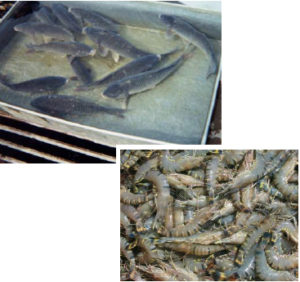
As aquaculture continues to expand in coastal areas with brackish water or even full-strength seawater, additional opportunities for polyculture have presented themselves. Milkfish, shrimp, oysters, mullets, crabs, tilapia, rabbitfish, and threadfin are just some of the aquatic species that have performed acceptably in coastal polyculture.
Most saline polyculture to date has focused on improving efficiencies and the use of certain species to improve water quality through filter feeding or other means of nutrient uptake. Carmona et al. (2006) reported on the use of Porphyra to “bioremediate” nutrient-rich waste streams from finfish aquaculture. Results suggested the potential for efficient reductions in nutrients under moderate loading and production of a high-value crop. Whitmarsh et al. (2006) described a salmon-mussel polyculture system that exhibited high commercial potential under current market prices, but might not respond so positively to future shifts in costs and returns.
A 2006 study by Zhou and coauthors outlined the polyculture of bivalves in suspension with sea cucumbers with the goal of utilizing the bivalve feces and pseudofeces as food sources for the sea cucumbers. The sea cucumbers grew well when cultured below scallops maintained in lantern nets, suggesting the potential for production of an additional, high-value harvest with no additional inputs. An added benefit, of course, would relate to the reduction of potentially detrimental impacts from the suspension bivalve culture.
Another recent example of innovative aquaculture involving shellfish was presented by Krisanapuntu et al. in 2006. These authors demonstrated the use of the spotted Babylon snail to coexist with and “clean up” after milkfish, ultimately resulting in a much higher-value crop.
An extremely interesting study on closed recirculating pond production of shrimp and mollusks was detailed by Wu et al. in 2005. In a system in which several shrimp ponds, one mollusk pond, and a reservoir were connected, the average yield of shrimp was 11,944 kg/ha, and harvests of mollusks totaled 16,965 kg/ha.
Issues
Some problems are unavoidable when practicing polyculture. The fact that two or more species are present requires them to be sorted during harvesting, which may not always be an easy task. During production, direct or indirect competition can occasionally reduce yields. In some situations, such as the polyculture of koi carp and goldfish described by Jha and coauthors in 2006, insufficient niche differentiation can result in overall reductions in yields.
Sometimes polyculture just doesn’t provide the desired results. In 2006, Tucker reported that low-density stocking of silver carp in catfish ponds failed to prevent off-flavors caused by cyanobacteria. Marketing problems can also result when low-value, nontraditional species are utilized in polyculture schemes. Levels of acceptance for polyculture vary among both producers and consumers in spite of its potential yield, environmental, and economic advantages.
While polyculture may be most easily adapted to low- or medium-intensity aquaculture, its use in coming years will probably continue to grow as producers look to enhance ever-shrinking margins and address concerns related to the environmental impacts of nutrients that leave their facilities.
Editor’s Note: Cited references are available from the author upon request.
(Editor’s Note: This article was originally published in the January/February 2007 print edition of the Global Aquaculture Advocate.)
Now that you've reached the end of the article ...
… please consider supporting GSA’s mission to advance responsible seafood practices through education, advocacy and third-party assurances. The Advocate aims to document the evolution of responsible seafood practices and share the expansive knowledge of our vast network of contributors.
By becoming a Global Seafood Alliance member, you’re ensuring that all of the pre-competitive work we do through member benefits, resources and events can continue. Individual membership costs just $50 a year.
Not a GSA member? Join us.
Author
-
Charles G. Lutz, Ph.D.
Specialist, Professor
Aquaculture Research Station
Louisiana Agricultural Experiment Station
Louisiana State University Agricultural Center
2410 Ben Hur Road
Baton Rouge, Louisiana 70820 USA
Tagged With
Related Posts

Responsibility
A look at integrated multi-trophic aquaculture
In integrated multi-trophic aquaculture, farmers combine the cultivation of fed species such as finfish or shrimp with extractive seaweeds, aquatic plants and shellfish and other invertebrates that recapture organic and inorganic particulate nutrients for their growth.
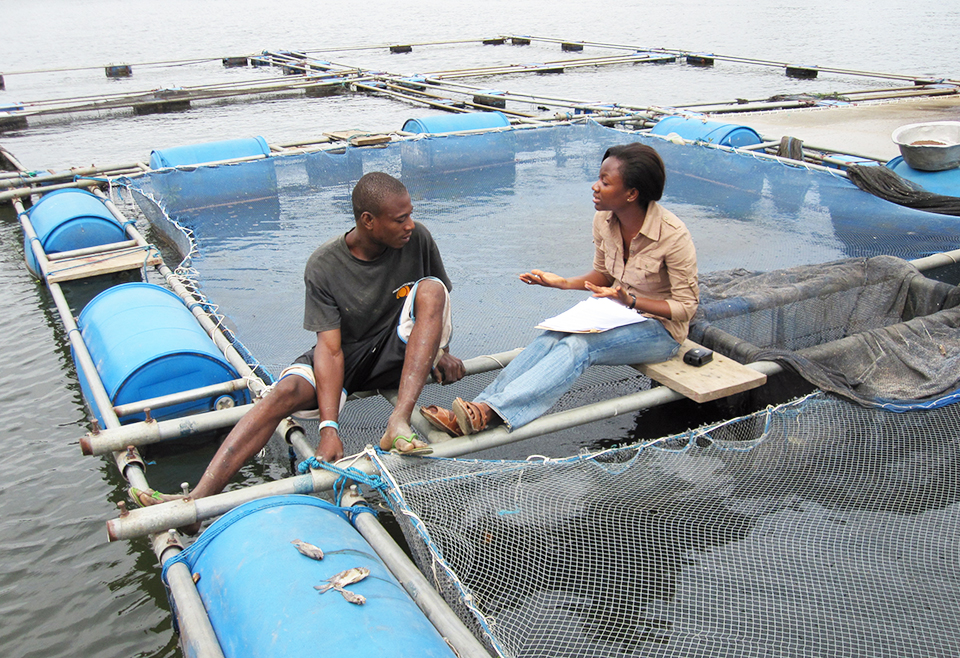
Health & Welfare
A look at tilapia aquaculture in Ghana
Aquaculture in Ghana has overcome its historic fits and starts and is helping to narrow the gap between domestic seafood production and consumption. Production is based on Nile tilapia.
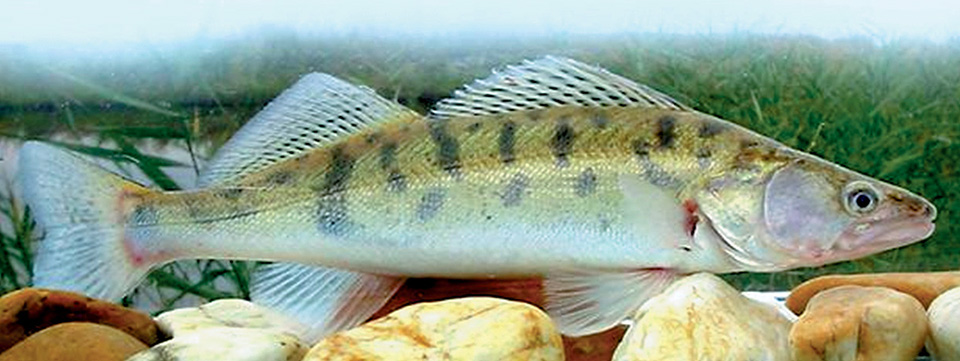
Health & Welfare
Aquaculture in Germany
Germany produces a limited amount of carp, trout, mussels and other species. Although traditional pond-based farms continue to operate, the country’s aquaculture production is trending toward land-based systems that feature efficient resource use and reduced environmental impacts.
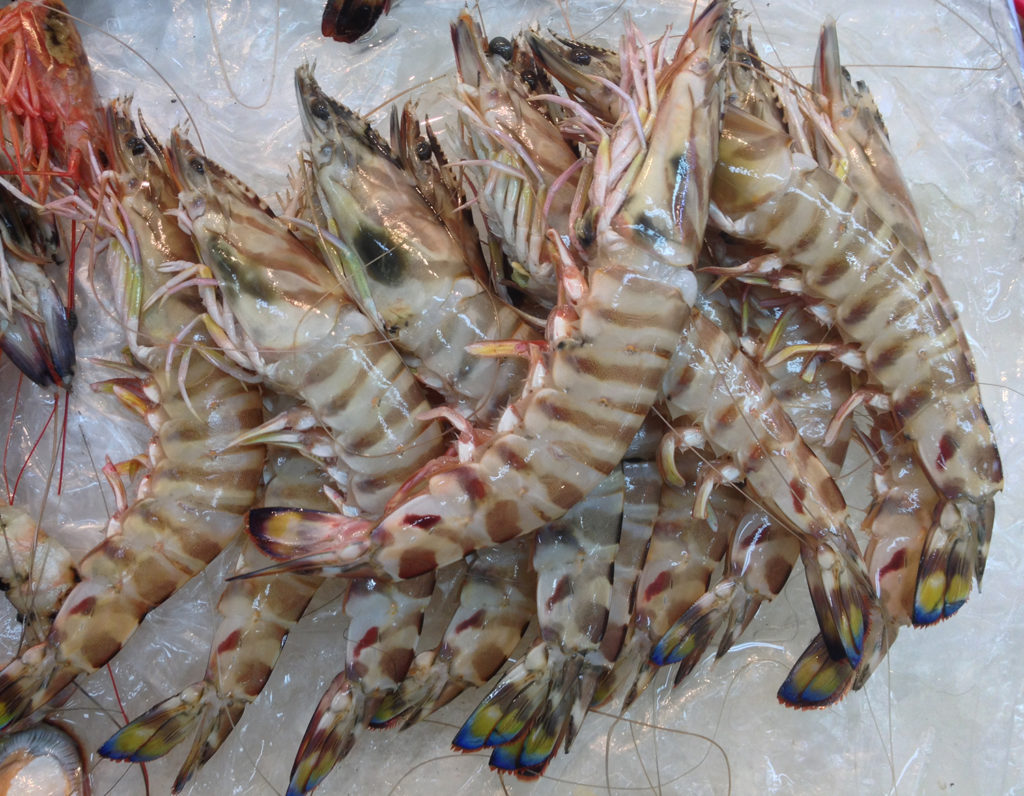
Intelligence
Aquaculture key to increasing seafood supplies to Arab states
Arab States have substantial natural resources to increase aquaculture production. Several types of systems are readily adaptable and can be implemented relatively quickly.


